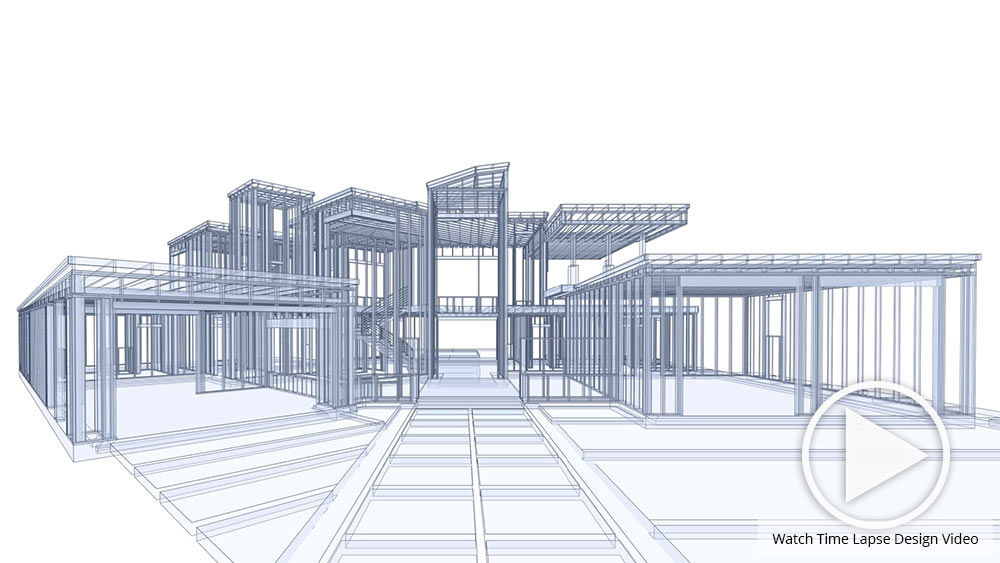How CDA Architects Include Eco-Friendly Practices in Architectural Projects
How CDA Architects Include Eco-Friendly Practices in Architectural Projects
Blog Article
Understanding the Collaborative Refine Between Architects and Engineers in Modern Building And Construction Projects
The collective process between engineers and engineers is important in contemporary building tasks, as it integrates style intent with design feasibility. Discovering these characteristics exposes insights that can dramatically influence job end results and overall sector standards.
The Value of Collaboration
The joint synergy in between engineers and designers is important for the effective awareness of any kind of construction job. This collaboration unites unique knowledge and point of views, allowing the integration of cutting-edge design with sensible design solutions. By collaborating, engineers and designers can guarantee that a task not just fulfills aesthetic and useful requirements yet additionally sticks to security, sustainability, and monetary constraints.
Partnership fosters a shared vision, helping with the placement of objectives and assumptions from the beginning. This alignment is essential in attending to possible obstacles and mitigating dangers that can develop throughout the job lifecycle. Furthermore, a collaborative approach enables the efficient appropriation of resources, optimizing both time and cost.
The significance of cooperation reaches the iterative procedure of layout and building, where comments from designers can inform building decisions, bring about more viable and sustainable layouts. Conversely, engineers can motivate engineers to assume artistically regarding just how to attain architectural integrity without jeopardizing imaginative intent. Ultimately, the collaborative connection in between architects and designers is not just advantageous; it is fundamental to the production of premium, practical, and innovative developed settings that meet the requirements of culture.
Interaction Techniques and Tools
Efficient communication methods and tools are essential for promoting collaboration in between engineers and designers throughout the project lifecycle. Establishing clear channels of interaction is important to ensure that all group participants are straightened with task purposes, timelines, and obligations. Routine meetings, both in-person and digital, supply possibilities for stakeholders to review development, address issues, and make informed choices.
Using task management software application, such as BIM (Building Information Modeling) systems, improves partnership by making it possible for real-time sharing of style adjustments and technological specs. These devices help with transparency, allowing designers and designers to visualize modifications and analyze their effect on the total task.

Shared Objectives and Job Vision

Developing shared objectives entails open dialogue and a comprehensive understanding of each discipline's payments. Engineers usually concentrate on style intent, spatial relationships, and user experience, while designers highlight structural stability, systems functionality, and compliance with guidelines (cda architects). When these viewpoints are lined up, the result is a cohesive job that follows both innovative desires and technological usefulness
Furthermore, a well-defined task vision cultivates liability amongst staff member, encouraging each individual to take possession of their duty in accomplishing the desired result. Routine check-ins and joint workshops can even more enhance this commitment, enabling changes to be made as the job progresses. Ultimately, a shared vision not just enhances synergy but also elevates the high quality of the final deliverable, leading to successful job conclusion.
The Duty of Innovation
Leveraging modern technology has become vital in improving collaboration in between engineers and engineers. Structure Info Modeling (BIM) stands original site out as an essential innovation, permitting both architects and designers to produce detailed 3D models that envelop style intent and structural stability.
In addition, cloud-based platforms allow smooth partnership, allowing task stakeholders to access and update project data from anywhere. This promotes a society of openness and responsibility, as changes can be tracked and reviewed in real-time. Additionally, mobile applications more improve interaction, giving on-site groups with prompt access to task specifications and updates.
Emerging modern technologies such as fabricated intelligence and device understanding are also beginning to contribute in predictive evaluation, assisting teams identify potential problems prior to they arise. Ultimately, the function of modern technology in architecture-engineering collaboration not just enhances workflow performances but additionally enhances development, bring about more effective project end results. By embracing these technological advancements, engineers and designers can guarantee a more natural and efficient collective process throughout the construction lifecycle.
Instance Research Studies in Effective Partnerships
Many case research studies highlight the profound impact of effective collaborations between engineers and engineers on task end results. One significant instance is the cooperation on the High Line in New York City, where landscape architects, designers, and metropolitan coordinators functioned with each other to change an abandoned rail line right into a vibrant public park. This multidisciplinary method not only boosted the visual quality however also guaranteed architectural security and ecological sustainability.
An additional exemplary case is the style and construction of the Sydney Opera Home. The partnership between designer JÃ ¸ rn Utzon and structural engineer Ove Arup exemplified innovative analytical. Their partnership permitted for the famous shell-like style while addressing intricate engineering obstacles, eventually resulting in a classic building masterpiece.
The Burj Khalifa in Dubai better demonstrates the significance of collective efforts. cda architects. The assimilation of architecture and engineering find out proficiency allowed the project group to achieve unprecedented elevations while sticking to security regulations and aesthetic vision
These examples emphasize the importance of interaction, depend on, and shared purposes. In today's complex building and construction environment, such collaborations are necessary to browsing obstacles and delivering tasks that meet both practical and visionary objectives.
Verdict
Finally, the cooperation in between architects and engineers is essential for the success of modern building tasks. Effective communication techniques, a common job vision, and the combination of innovative modern technologies are vital parts that promote this collaboration. By cultivating a society of liability and leveraging devices such as Structure Information Modeling (BIM), teams can browse project intricacies, making certain that visual, practical, and sustainability purposes are achieved. Ultimately, this synergy causes cutting-edge and effective project outcomes.
Report this page